As a loud and public complainer, I will shock no readers by announcing that I absolutely hate uphill sections. They loom large in my nightmares, and also in my most common trail running routes. That's right, they may spike my heart rate but I'm no wimp – I still tackle them.
In my years as someone whose job requires running hundreds of monthly miles, efficiency means a lot to me. And so, I'm often pondering question: Should I really be running these uphills, or is it smarter to slow to a hike?
The truth is, walking uphill isn’t a sign of weakness. It can actually be the best way to save energy, protect your legs, and even finish faster. Finish the race, you filthy reader.
But don't just take my advice – it's borderline useless! Let’s look at what the science says about running versus hiking on the climbs, and why a smart walk strategy could make you a better runner overall.
The physiology of uphill running vs. walking
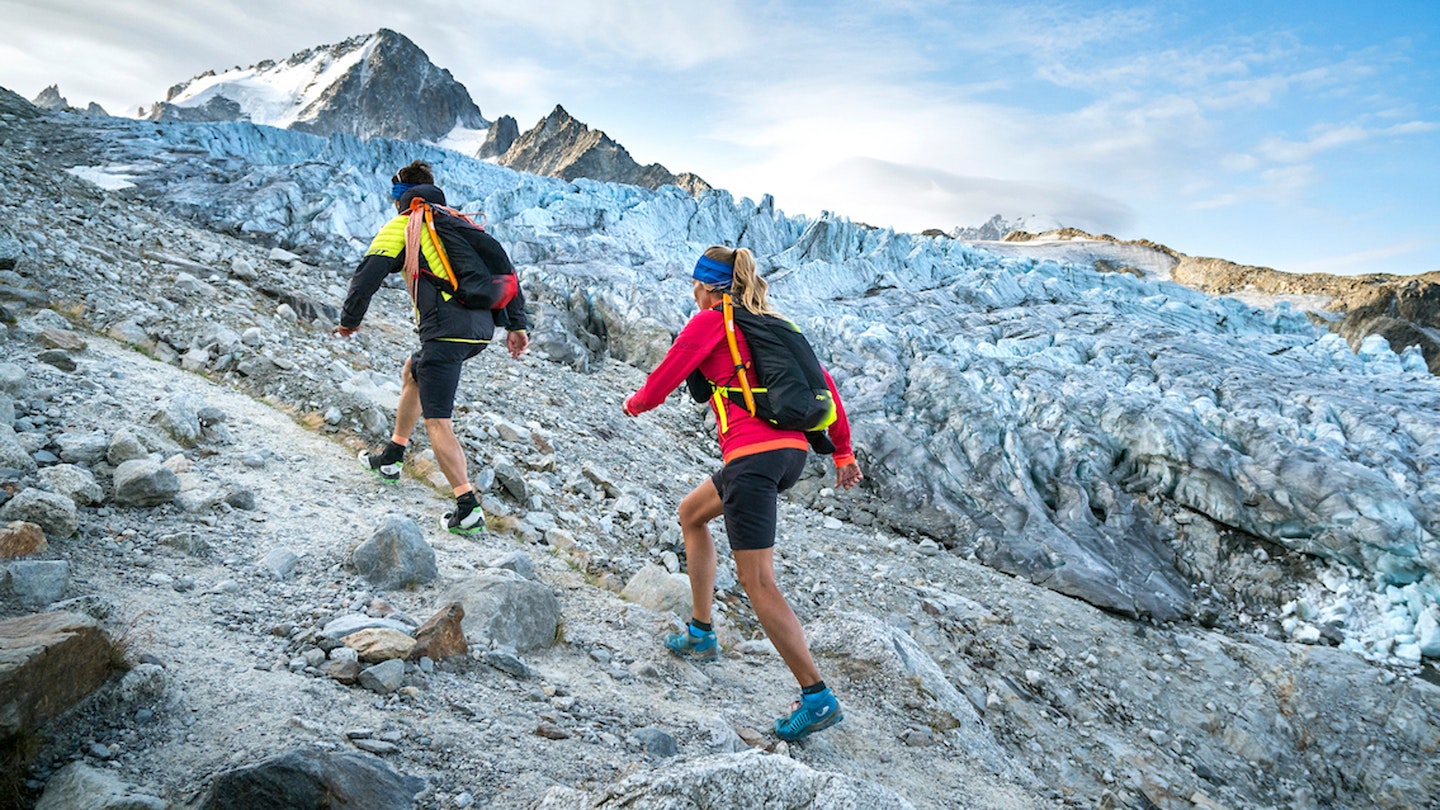
Running uphill is brutal on the body. On steep slopes, the metabolic cost of movement skyrockets. A landmark study by Minetti et al. found that the most efficient slope for climbing is around 25–28% grade. Beyond that, the energy cost per metre climbed shoots up for both running and walking.
At extremely steep gradients (think 30%+), the difference between the two narrows – but hiking almost always comes out on top in terms of efficiency.
A more recent study on Vertical Kilometre racing (where runners climb 1,0'00m in just a few kilometres) confirmed this. At a 30° incline, researchers found that walking was more economical than running at lower speeds.
Only once athletes reached around 0.8 m/s (about 2.9 km/h uphill) did running match walking for energy use – and most runners can’t sustain that speed on such a slope. In fact, across gradients of 16–39°, walking averaged about 8.5% less energy cost than running.
So if the hill is really steep, you’ll usually save your legs – and oxygen – by hiking it.
Moderate hills: where’s the tipping point?
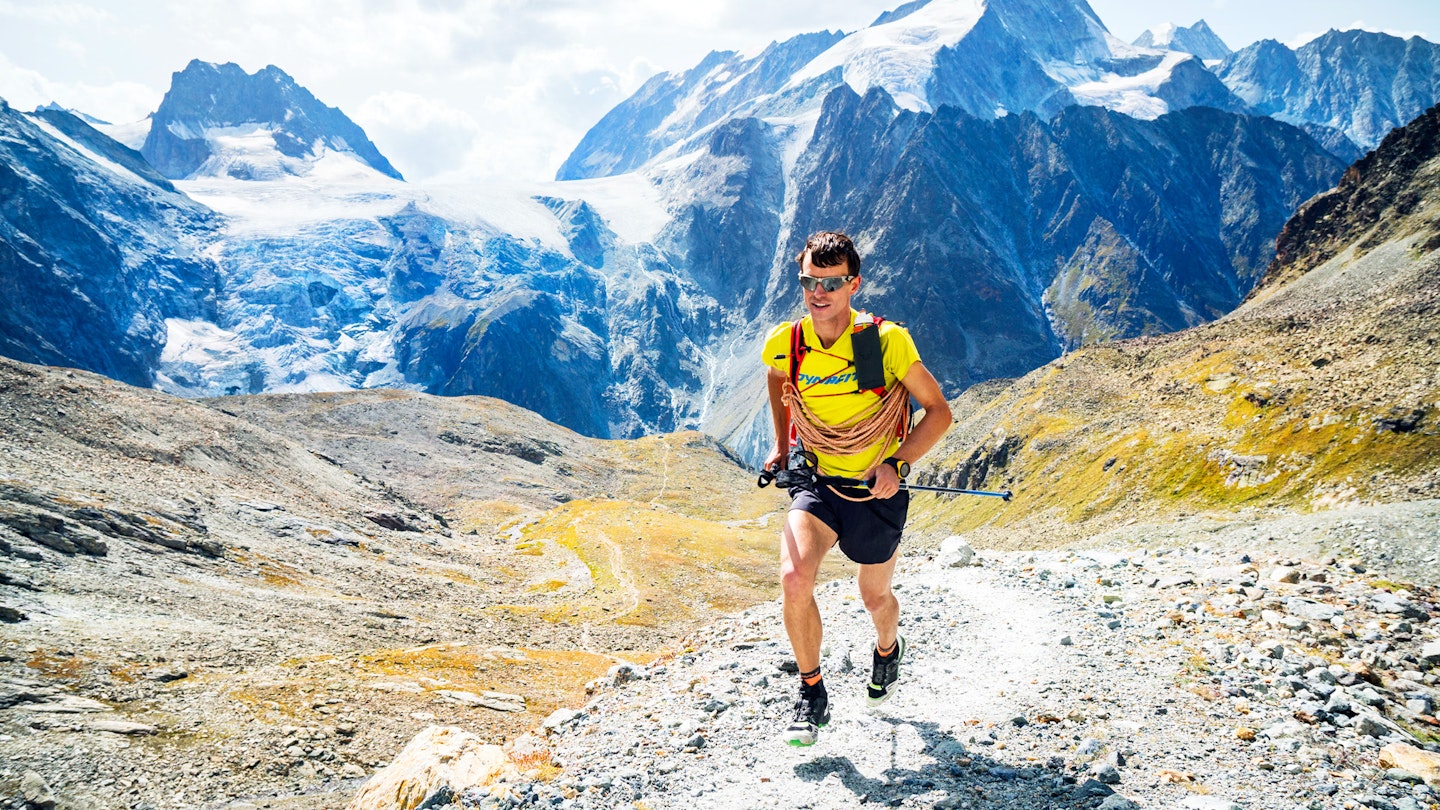
On gentler gradients (5–15%), the picture is less clear. Here, whether walking or running is more efficient depends largely on your speed. Brill and Kram found that the preferred walk-to-run transition happens earlier on steeper slopes. By the time they tested a 15° incline, people switched at very low speeds – exactly where the energy cost of walking and running balanced out.
So, very simply: on moderate hills, if you’re moving slowly, walking will save energy. If you’re pushing for a faster pace, running may be more efficient. The crossover point shifts depending on how steep the hill is.
As general rule of thumb, running is more efficient on gentler inclines of around 5–10%, while hiking becomes the smarter choice once gradients steepen beyond roughly 15%. In between those ranges, it often comes down to the runner’s fitness, technique, and strategy for conserving energy over the course of the run.
Why walking works for long runs

It’s not just about physiology, though. Walking breaks can also help you run stronger overall. The “Jeffing” method, where you mix running with planned walking intervals, has been shown to reduce fatigue and muscle pain without slowing finish times.
In one study of marathon runners, those who walked for one minute every 2.5km finished in similar times to nonstop runners – but felt less beaten up afterwards.
On trails, many ultrarunners instinctively use the same principle. Power-hike the steep climbs, run the flats and descents, and you’ll often cover ground more efficiently than forcing yourself to run everything.
The smart strategy for runners
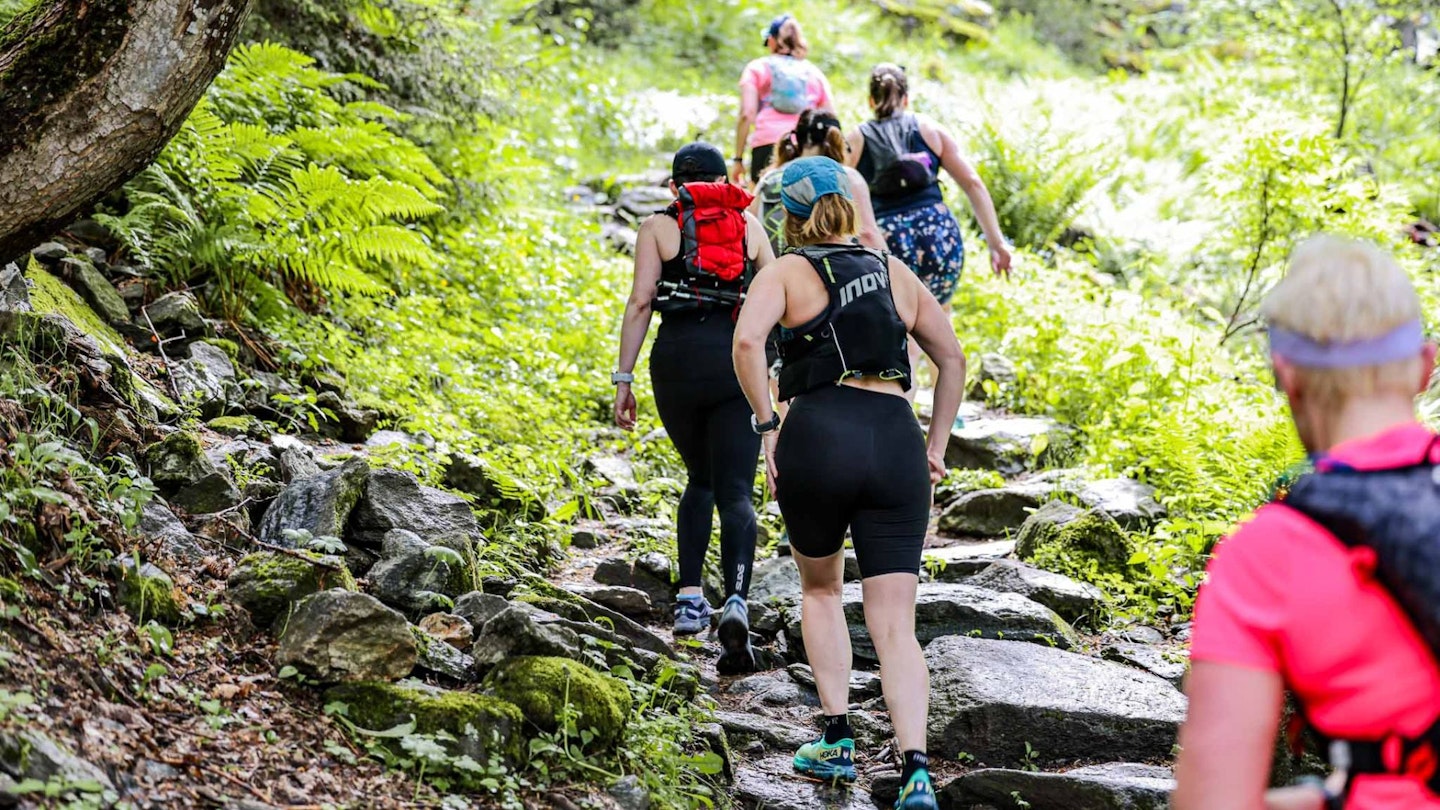
Next time you hit a hill, don’t think of walking as giving up. Think of it as a tactical decision. On steep climbs, walking is almost always more energy-efficient. On moderate gradients, pay attention to your pace – if your run turns into a slog, hiking briskly could actually be the smarter move.
Mixing running and walking doesn’t just save energy, it also lowers your heart rate, reduces stress on your muscles, and helps you last longer on the trail. The goal isn’t to run every step – it’s to get to the top strong enough to keep going.
So, run when it makes sense. Walk when it’s smarter. And remember: the best runners aren’t the ones who run every uphill – they’re the ones who know when not to.
FAQs:
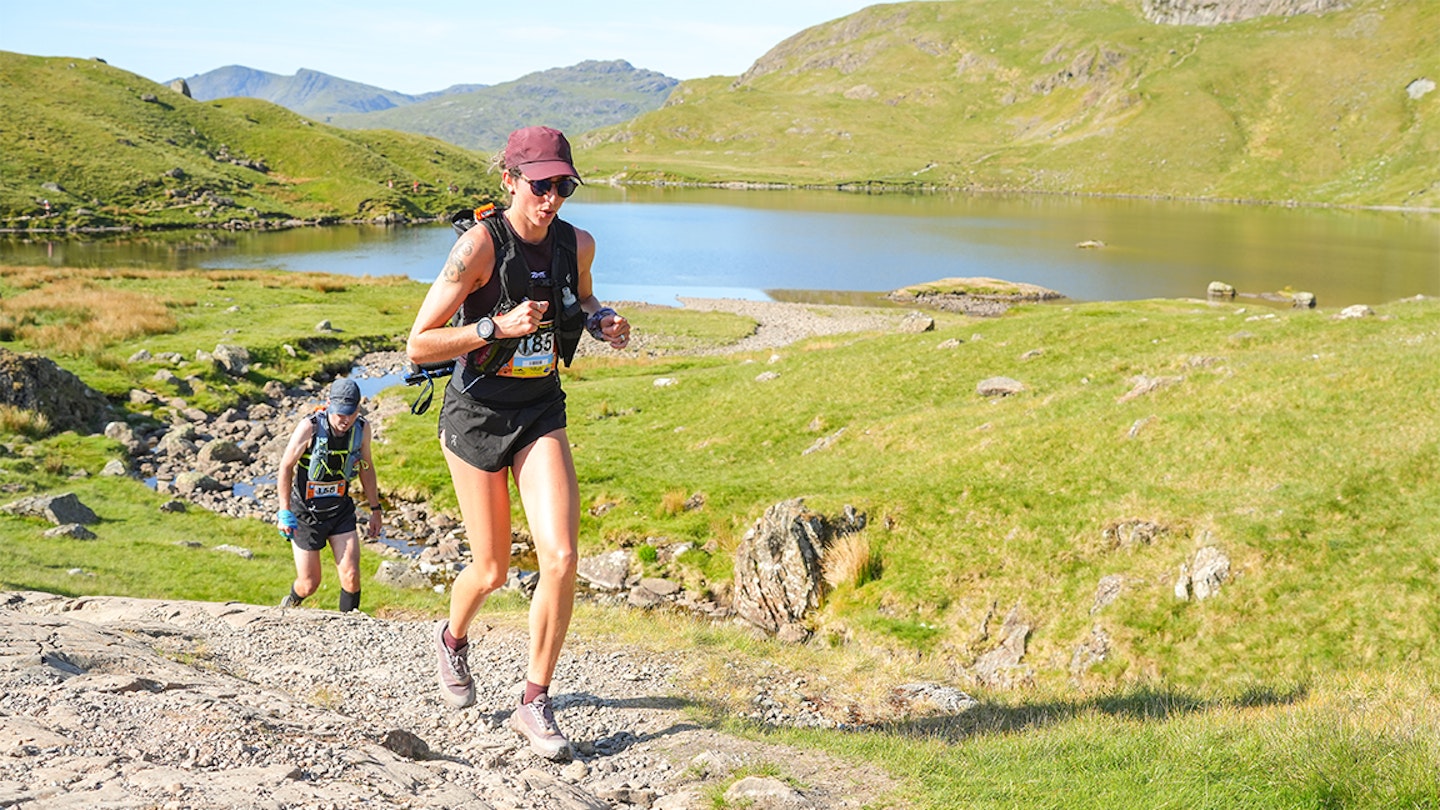
Should I train walking as well as running?
Yes, absolutely. Walking uphill uses slightly different muscle patterns and pacing strategies to running, and if you never practise it, you’ll feel awkward when the gradient forces you to slow down. Training both means you’ll develop efficiency and confidence no matter the slope.
Practise power-hiking steep hills during long runs or hill sessions, using poles if you race with them. Then, check out our tips for hill running to up the training intensity.
Do elite runners walk uphill?

They do. Even the best ultrarunners in the world hike the steeper sections. Jim Walmsley, Kilian Jornet, Courtney Dauwalter – they all switch to a hike when the gradient goes into double digits or the climb is long enough to demand energy conservation. It’s a tactical choice, not a sign of weakness.
Does walking uphill make you slower?
Not necessarily. On steep climbs, hiking can actually be faster overall because you conserve energy and keep your heart rate under control, instead of blowing up early. On moderate hills, running may still be more efficient, but once the slope passes roughly 15–20%, walking often evens out or overtakes running in terms of speed-to-effort ratio.
Should I use poles when walking uphill?
Poles aren’t just for hikers. On steep trail climbs, they can massively improve efficiency by spreading the effort between your upper and lower body. Several ultra studies have shown poles can reduce leg muscle fatigue over long distances – but they do take practice to master, so try them in training before race day.
Is walking uphill good training for flat races?
Surprisingly, yes. Walking uphill at pace builds strength in the glutes and calves while keeping impact low. Many ultrarunners also report it helps them sustain better posture and breathing control. Even if you’re training for a flat marathon, adding uphill walking into long runs can be a sneaky way to build strength without the same pounding as hill sprints.
About the author
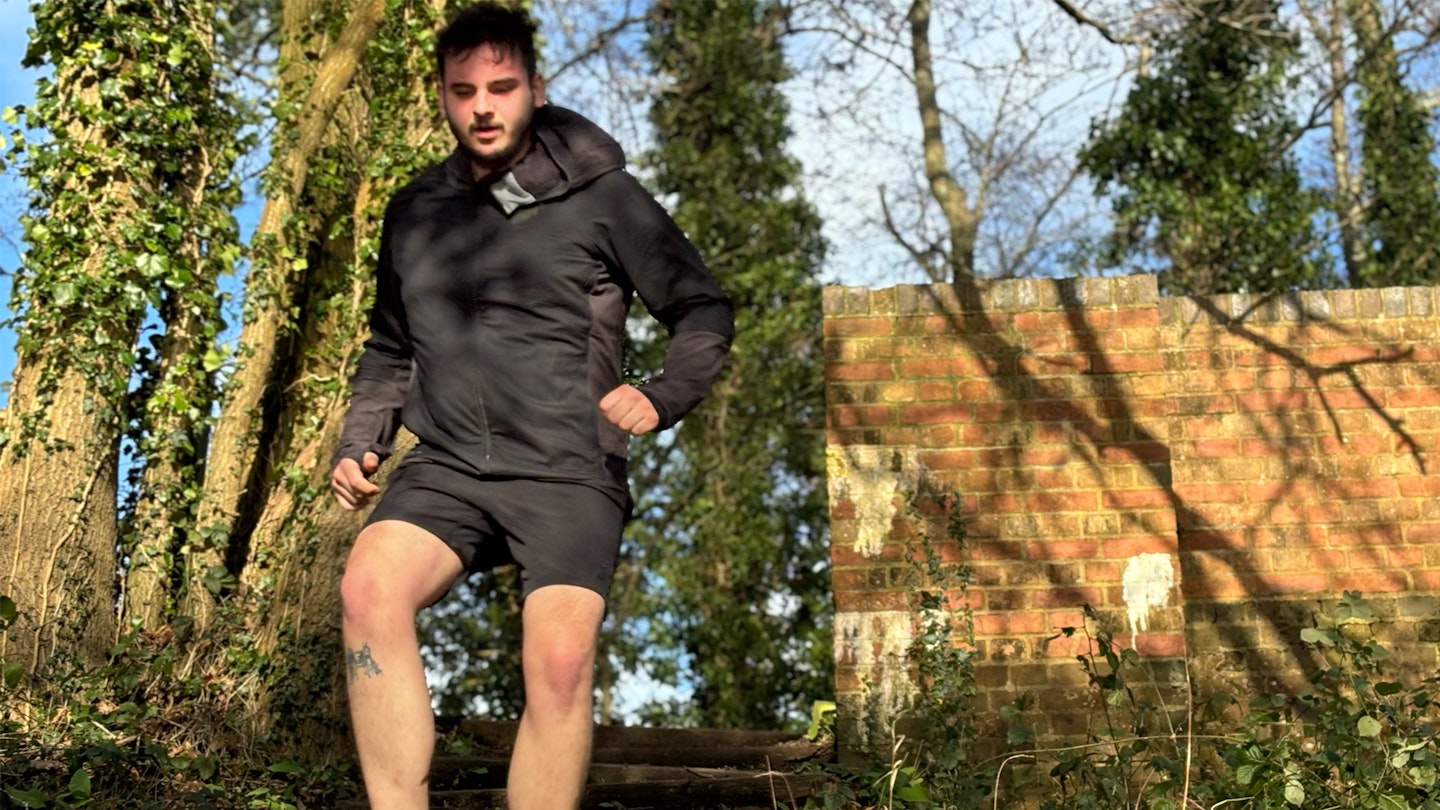
Milo Wils§on is LFTO's premier running guru who isn't allowed to call himself the 'running editor' because then we'd have to up his pay. Milo lives in the Surrey Hills, and as the name suggests, he has plenty of experience with inclines on his regular runs. His favourite activity is wearing out trail running shoes until there's nothing but a textile upper left.
